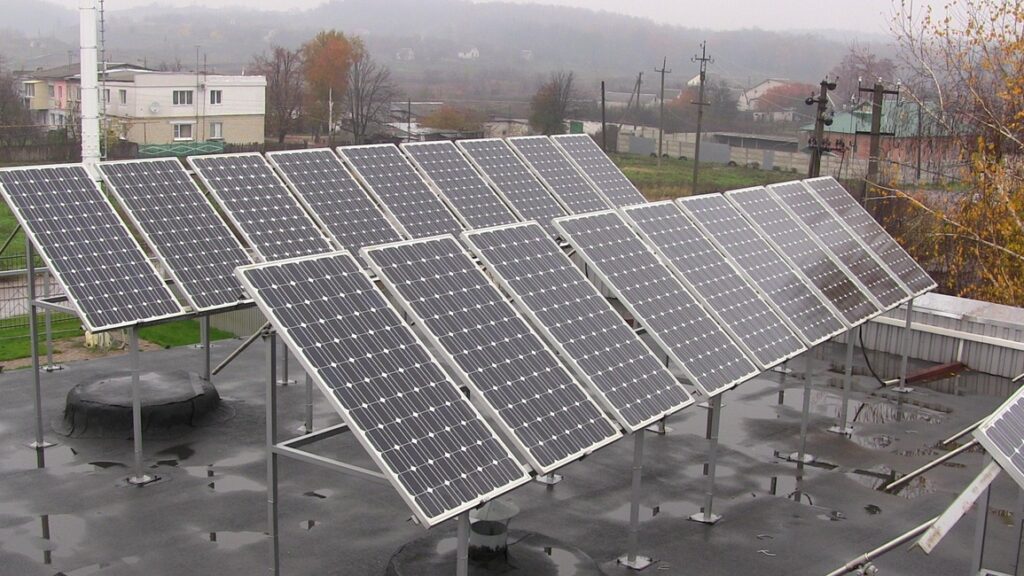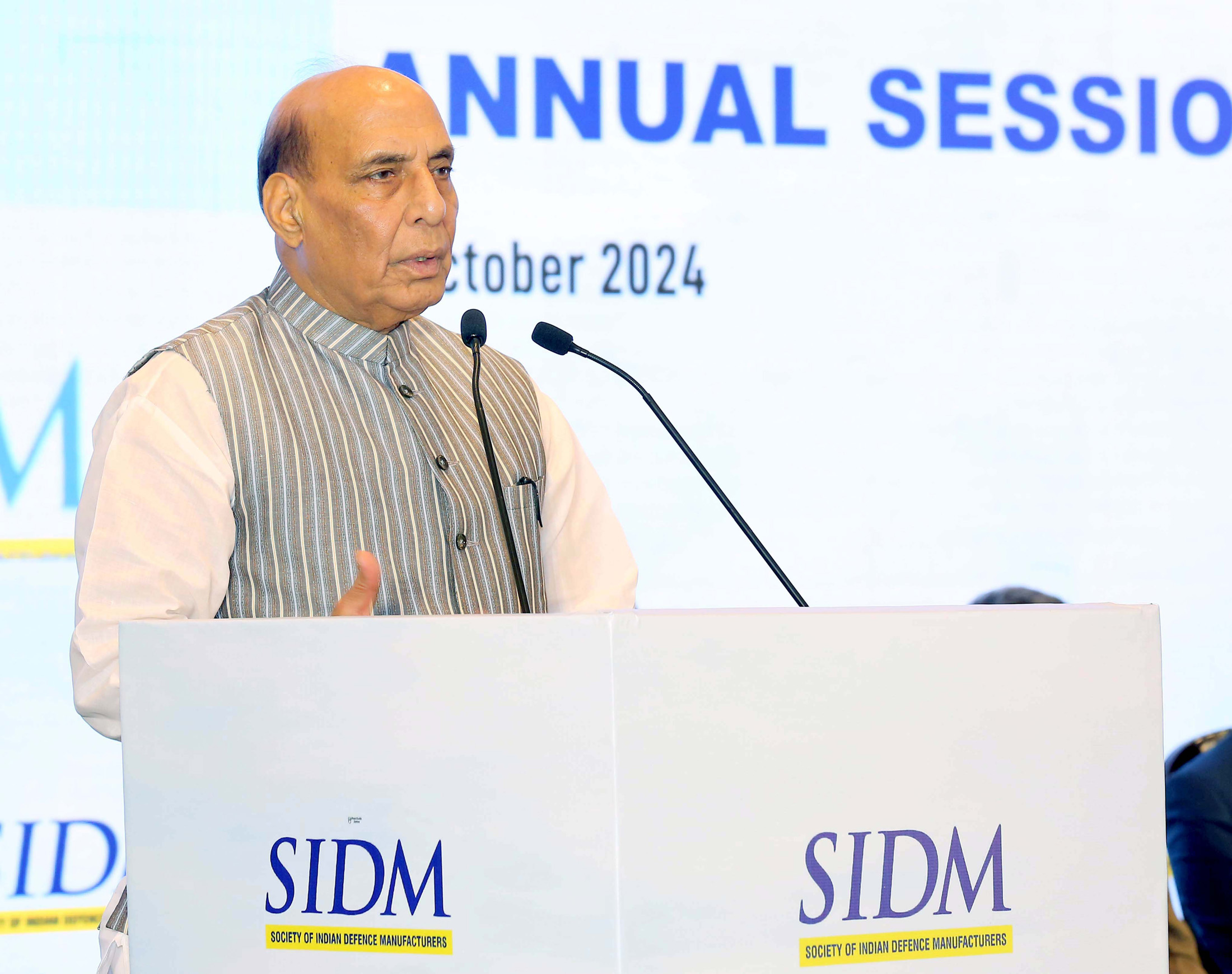
India has proactively undertaken a series of steps to mobilise finances for achieving the target of producing 500 gigawatts (GW) of renewable energy (RE) by 2030. This was stated by Pralhad Joshi, Minister for New & Renewable Energy, at the National Workshop on Mobilizing Finance for Renewable Energy on February 24 in Mumbai. As part of the initiative, financial institutions and policymakers have been urged to make funding for the RE sector easy and accessible.
The workshop was an extension of the government’s PM Surya Ghar and PM-KUSUM initiatives that are aimed at largescale adoption of domestic solar power generation systems across India. He stressed that RE must be scaled up to match thermal energy production, ensuring a reliable and resilient power supply.
India is committed to becoming a net-zero carbon economy by 2070 for which achieving the target of 500 GW of RE is a key stepping stone. For achieving the twin targets access to easy finance is crucial. Joshi called on financial institutions to align theirlending policies with India’s renewable energy growth strategy and emphasised that carbon intensive industries will face reduced export opportunities in the future. For rapid adoption of solar power by the end consumers, banks need to simplify financing processes, particularly for rooftop solar projects. To that extent Joshi called for the introduction of a Renewable Energy Financing Obligation to ensure dedicated funding for the sector, similar to Renewable Purchase Obligations (RPOs) for discoms.
The minister noted that India has already made significant progress in renewable energy, with capacity increasing to 222 GW today. He pointed out that solar tariffs have drastically reduced, with a recent bid in Madhya Pradesh touching Rs 2.15 per unit, compared to Rs 11 per unit earlier. However, he stressed the importance of battery storage solutions to support large-scale renewable deployment. Speaking on the role of decentralisation, the minister highlighted that PM-KUSUM and PM Surya Ghar empower farmers to become “Urjadata” (energy providers), while also reducing transmission losses. He also underscored India’s leadership in green hydrogen (GH2), stating that the country has already received major export orders and is ahead of several developed nations in this field. Joshi also said that at the recently concluded RE Summit in Gandhinagar, India had secured investment commitment to the tune of Rs 34.5 lakh crore from global investors in RE generation and storage technologies. It is estimated that achieving 500 GW of RE by 2030 will require an investment of approximately Rs 30 lakh crore, covering infrastructure, transmission, and storage systems.
For India to transition to clean energy innovative financing models, including issuing of green bonds, need to be developed.
The National Workshop on Mobilizing Finance for Renewable Energy featured four key sessions focused on addressing financing challenges in the renewable energy sector.
The sessions examined the financing landscape for utility-scale RE projects, assessing challenges faced by developers, banks, and NBFCs (Non-Banking Financial Companies) in securing funding. Discussions covered interest rates, perceived risks, and potential solutions for financial institutions to support large-scale RE projects, and financing new and emerging RE technologies, such as offshore wind, floating solar, and green hydrogen.





Add Comment